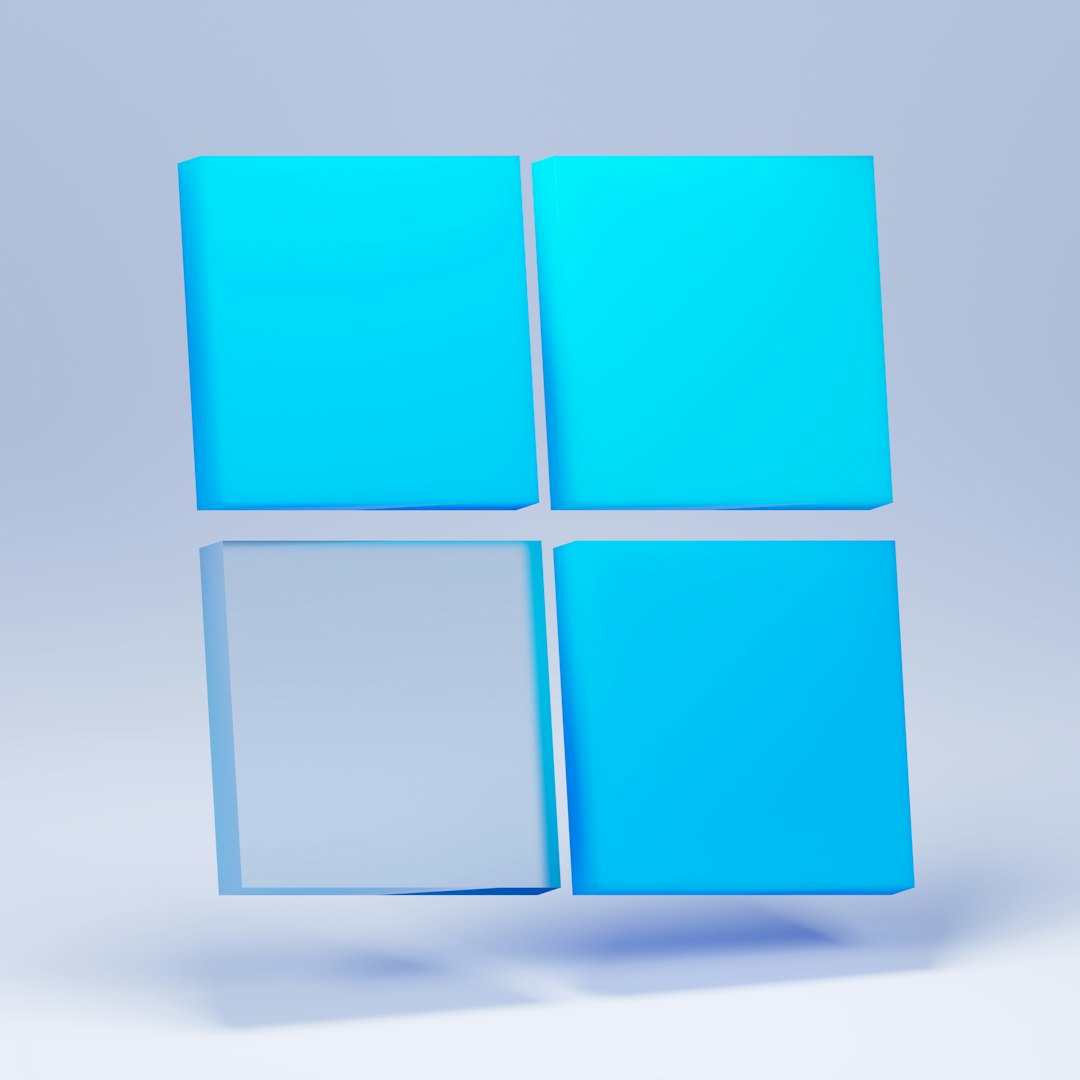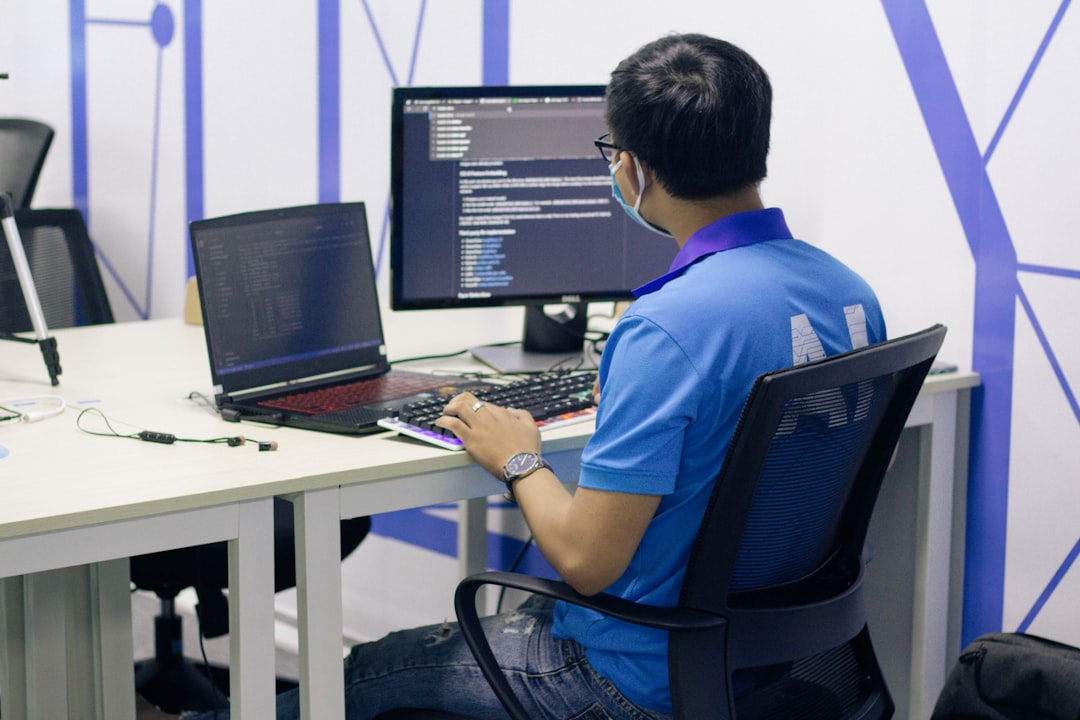When installing Windows 10 or Windows 11, users are prompted to activate their operating system using a valid license key. While it’s possible to run these operating systems without immediate activation, there are several limitations and consequences that users should be aware of. Although Microsoft allows the basic functions of Windows to work without activation, there are noticeable drawbacks that impact both usability and aesthetics.
Activation serves as Microsoft’s mechanism to ensure that the software is genuine and hasn’t been installed on more devices than the license permits. Skipping activation doesn’t immediately disable the system, but it does place the computer in a restricted mode with subtle yet persistent reminders and restrictions.
Functionality Before and After Activation
Once Windows is installed, users are granted a limited grace period during which they can use Windows without activation. However, after this initial period, Microsoft puts in place various restrictions to encourage activation.

Key limitations of not activating Windows:
- Watermark on Desktop: A semi-transparent watermark appears on the bottom right-hand corner of the screen that reads, “Activate Windows – Go to Settings to activate Windows.” This watermark stays visible at all times and can interfere with the viewing experience, especially during presentations or video playback.
- Limited Personalization: Users cannot change wallpaper, themes, colors, lock screen, or font settings. All personalization options under the Settings menu are disabled, leaving the interface stark and generic.
- Persistent Activation Notifications: Regular pop-up messages and reminders urge the user to activate Windows. Although these aren’t dangerous, they can become quite annoying over time.
- Limited Microsoft Support: Non-activated copies of Windows do not qualify for official Microsoft customer service. If the system experiences technical issues, users may find limited help from Microsoft’s support channels.
- Windows Updates Still Work (Mostly): While security updates generally continue to download and install, feature updates may be limited or delayed in delivery.
Performance and Software Limitations
Contrary to popular belief, running an unactivated copy of Windows 10 or 11 does not severely impact system performance. Applications will still run, and almost every software—aside from personalization tools—will function normally. However, over time, as limitations become more intrusive, it may affect productivity and user experience.
Businesses and professionals, in particular, should consider activation essential. An unactivated computer may appear unprofessional in work settings and could raise concerns about software legitimacy.

There’s also the legal aspect. While Microsoft has become increasingly lenient about activation in recent years, technically speaking, using a non-genuine version of Windows could violate licensing agreements, particularly in enterprise environments.
How to Activate Windows
Activating Windows is straightforward. Users can either enter a valid product key during installation or do so later via Settings. Keys can be purchased directly from Microsoft or authorized retailers. Activation links your copy of Windows with your Microsoft account or device hardware, making future installations easier and faster.
To activate Windows:
- Open Settings.
- Navigate to Update & Security > Activation.
- Select Enter a product key and input the 25-character code.
- Once verified, Windows will activate and the watermark and limitations will disappear.
Is It Worth Using Windows Without Activation?
For short-term or testing purposes, using Windows without activation may be acceptable. Students, developers, or users trying out the system can still benefit from a fully functioning operating system. However, for long-term use, activation is highly recommended to ensure full functionality, compliance with licensing laws, and access to support and updates.
FAQ
- Q: Can I use Windows 10 or 11 forever without activating?
A: Technically, yes, but with increasingly frustrating limitations. Over time, reminders and restrictions are meant to encourage activation. - Q: Will my files and programs be deleted if I don’t activate?
A: No, your personal files and installed programs remain untouched. Only customization and Microsoft support features are restricted. - Q: Does Windows without activation limit performance?
A: No significant performance impact exists. However, some settings and features are inaccessible. - Q: Can I activate Windows later if I skip it during installation?
A: Yes, you can activate anytime by entering a valid product key in the system settings. - Q: Are there risks of using unofficial activation tools?
A: Yes. Unofficial activators can expose your system to malware or violate licensing terms. It’s always safer to use legitimate methods.
For the best user experience and full access to Windows features, activating your copy remains the most secure and effective choice.


